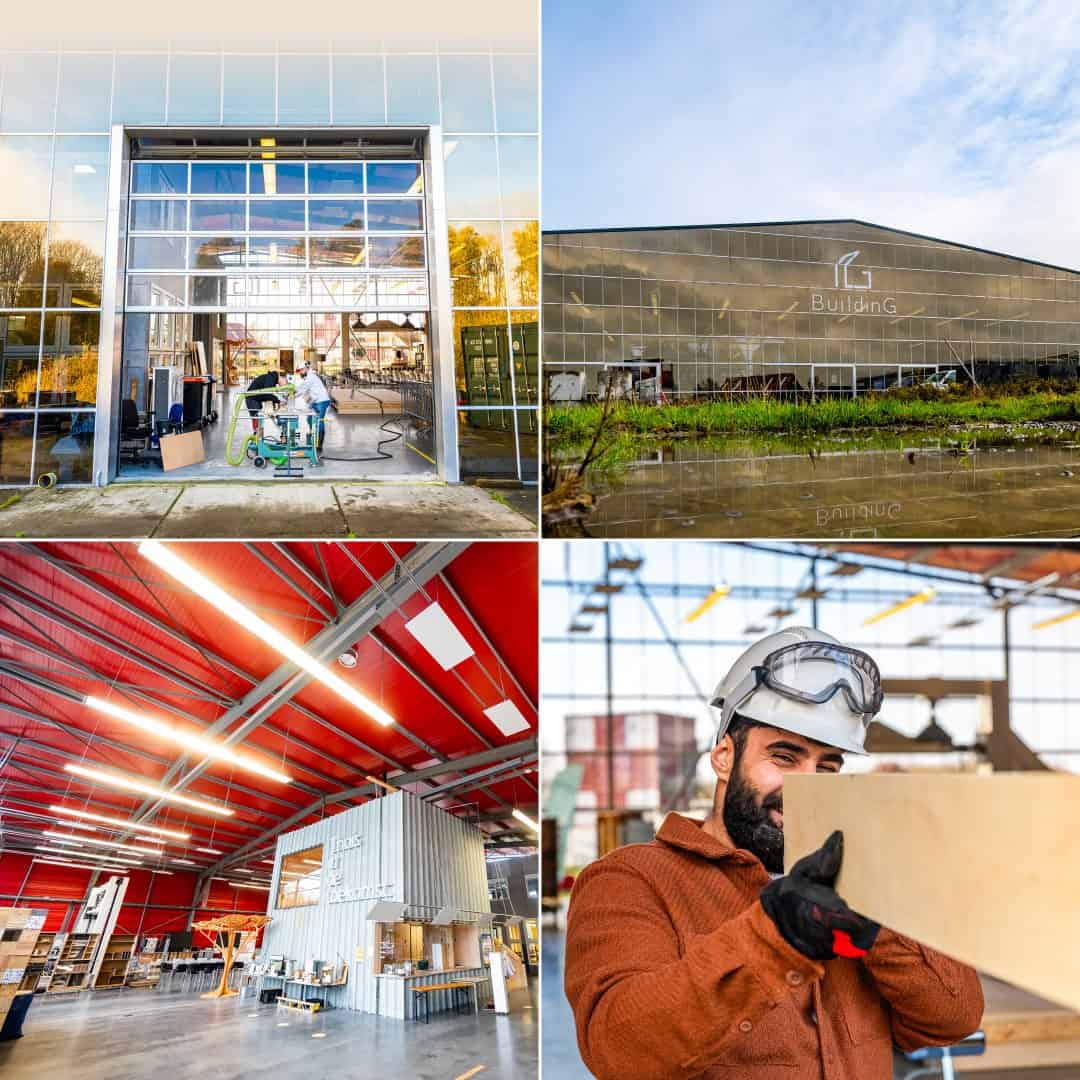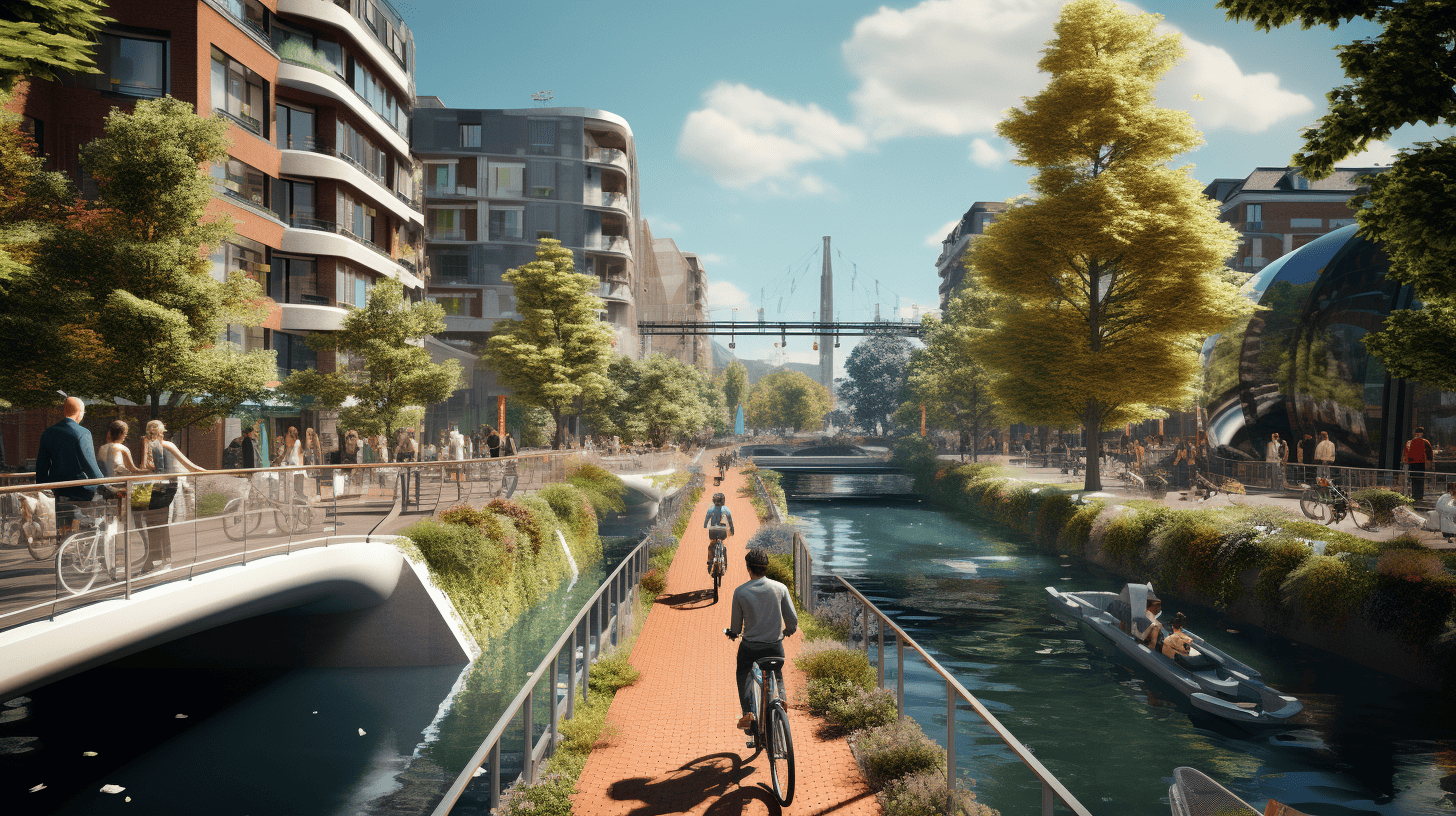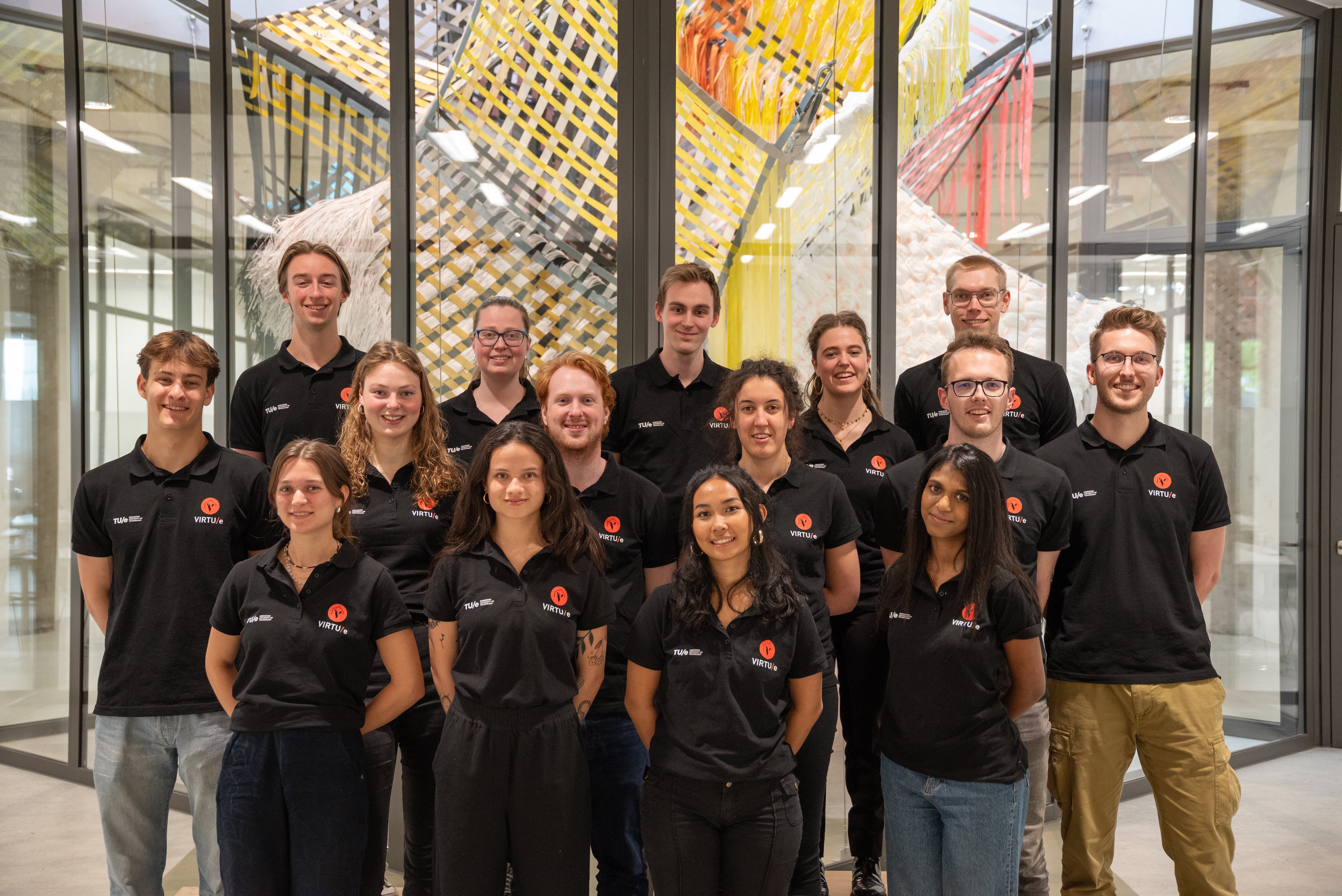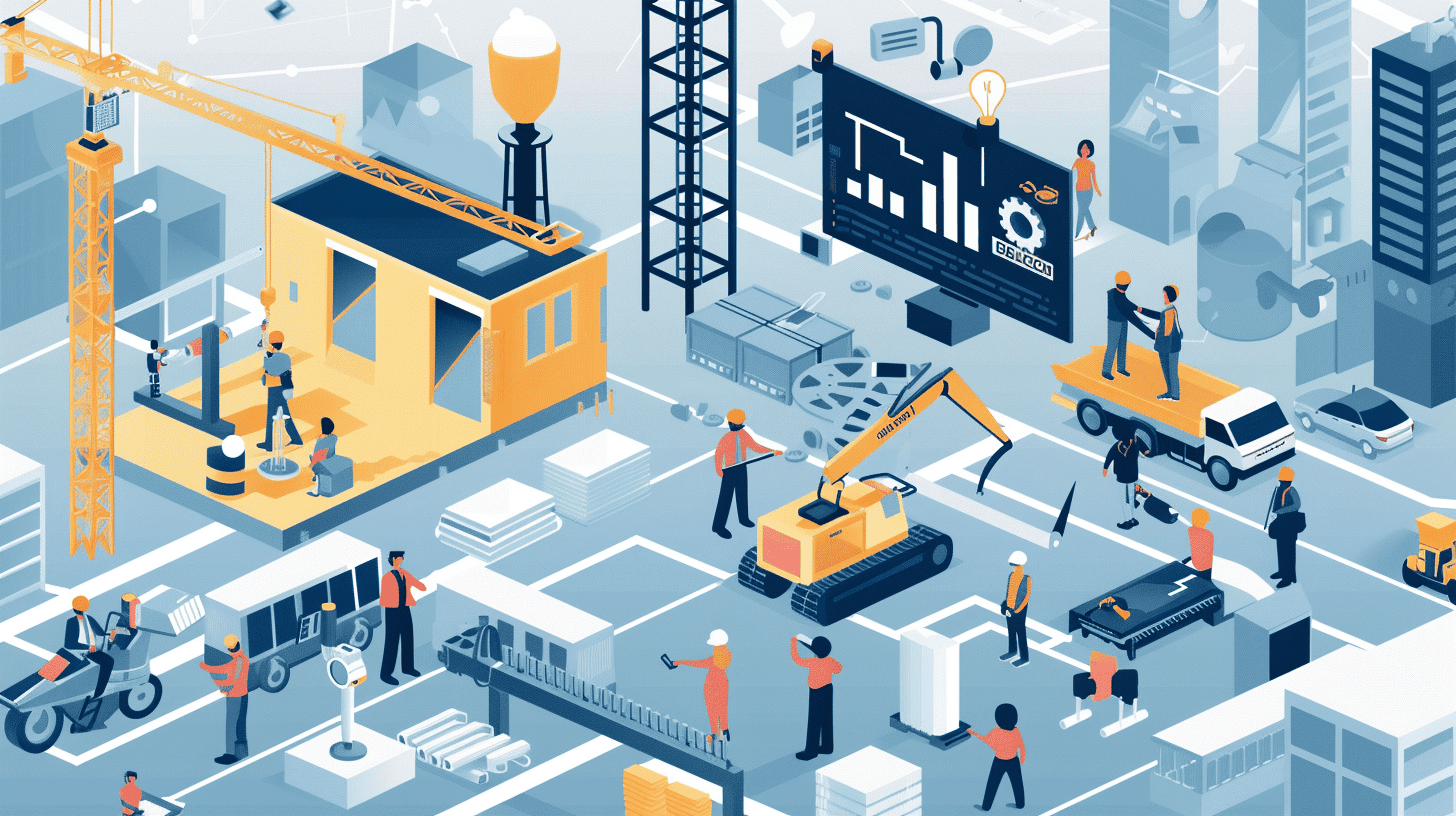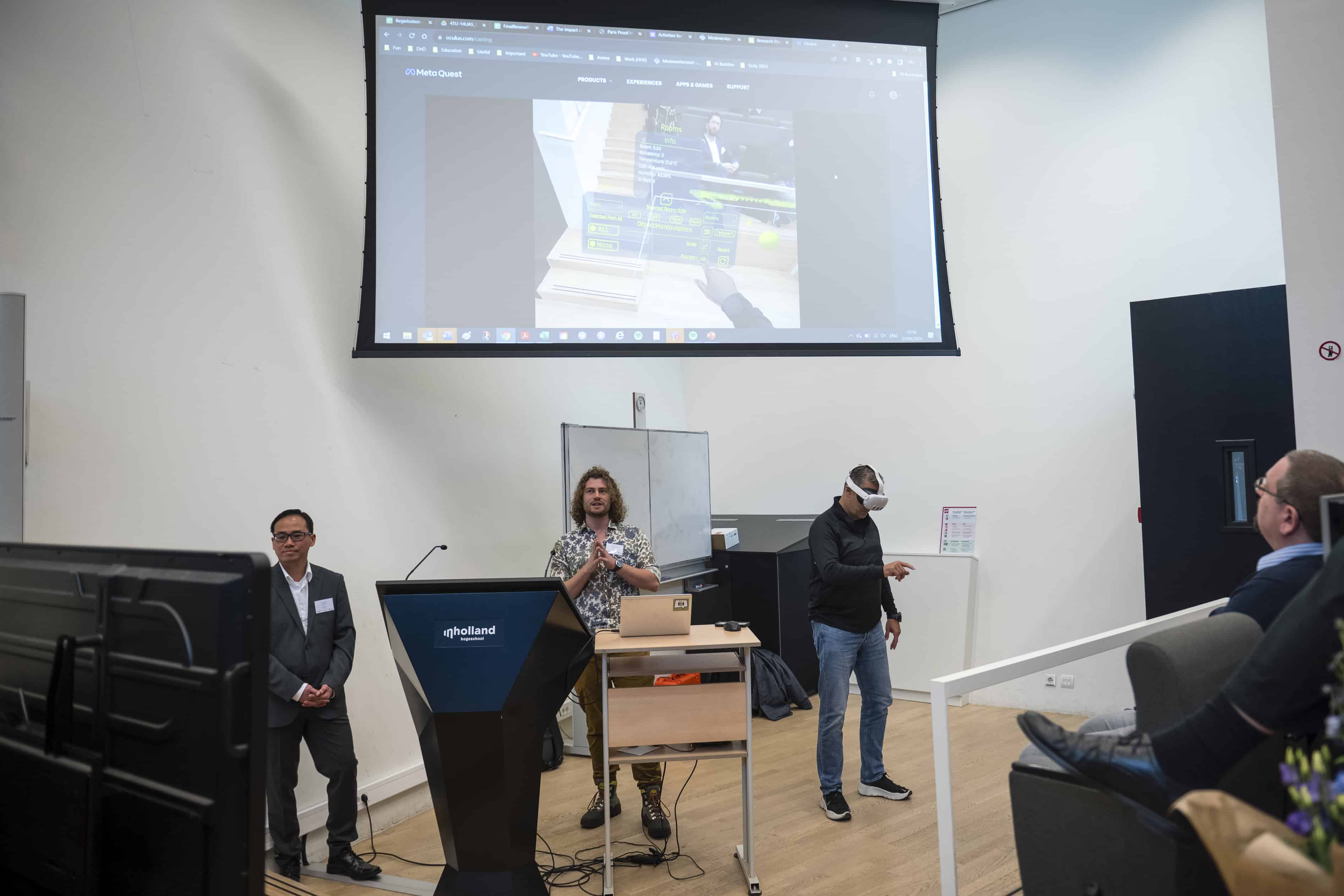
The construction sector is responsible for about a third of greenhouse gas emissions. At the same time, the building industry is indispensable for creating new housing, working spaces, and infrastructure. So, it is time for change. Digitization is one of the most important aspects of making the construction industry more sustainable.
Picture this: you are going to remodel a house. All the materials you would normally just “throw away” can be now scanned with an app. The app recognizes every product and sees what condition it is in. So you immediately know how you can reuse it. It is also immediately clear which products may have a second-hand market. According to Tilmann Koster, researcher and lecturer at InHolland, this can significantly accelerate the transition to a circular economy. He has started developing an algorithm to recognize roof tiles. Koster is training the algorithm with photos of different roof tiles – there are dozens of models – to ensure it can distinguish between the different tile types. Eventually, this should be possible for all materials and products.
Why is this important?
Digitalization offers endless possibilities in various sectors including construction. Smart systems such as digital twins make both creating and maintaining buildings much easier. But digitization also raises new issues, for example around privacy. That is why it is important to stay up to date on the latest developments.
Learning from each other
Koster’s presentation at the research day on digitization of 4TU.Built Environment, a partnership between the four technical universities and fourteen universities of applied sciences in the Netherlands, was one of many. Scientists/researchers and students present their ongoing research to each other and exchange knowledge and experience. Everything passes by, from practical questions about cyber security and privacy to the deployment of completely new tools. “By sharing information, we learn from each other’s experiences. This is how we ultimately achieve the best result,” said Giorgio Agugiaro, assistant professor of 3D geographic information at TU Delft and co-organizer of the research day.
Digital twins in the lead role
Volker Coors, vice president of research and digitization at the HFT Stuttgart University of Applied Sciences, said in his keynote that collaboration is essential to solving the great challenges of our time. Like many other speakers, he sees digital twins as an important tool to make our cities more sustainable.
By mapping a building’s energy needs, a digital twin can optimize energy consumption, for example. Based on the data, decisions can be made – automatically or not – about the use of renewable energy and energy-saving measures. When developing and using digital twins, Coors says it is essential to give people – the end users – a voice. “People need to participate in the system; tools alone won’t get you there. But, human behavior is hard to predict, which makes it a complex whole.”

Circular and sustainable
In addition to digital twins, Building Information Modeling (BIM) is a much-discussed technology. BIM is a digital 3D model of a structure built from objects to which information is linked. For example, you can see at a glance where all the cables and pipes run in a building. This makes it easier for different parties to work together on the construction or maintenance of a building. Several researchers and students are focusing on improving various aspects of BIM. For example, researcher Julia Kaltenegger of Eindhoven University of Technology (TU/e) wants to make BIM more detailed by including information about materials.
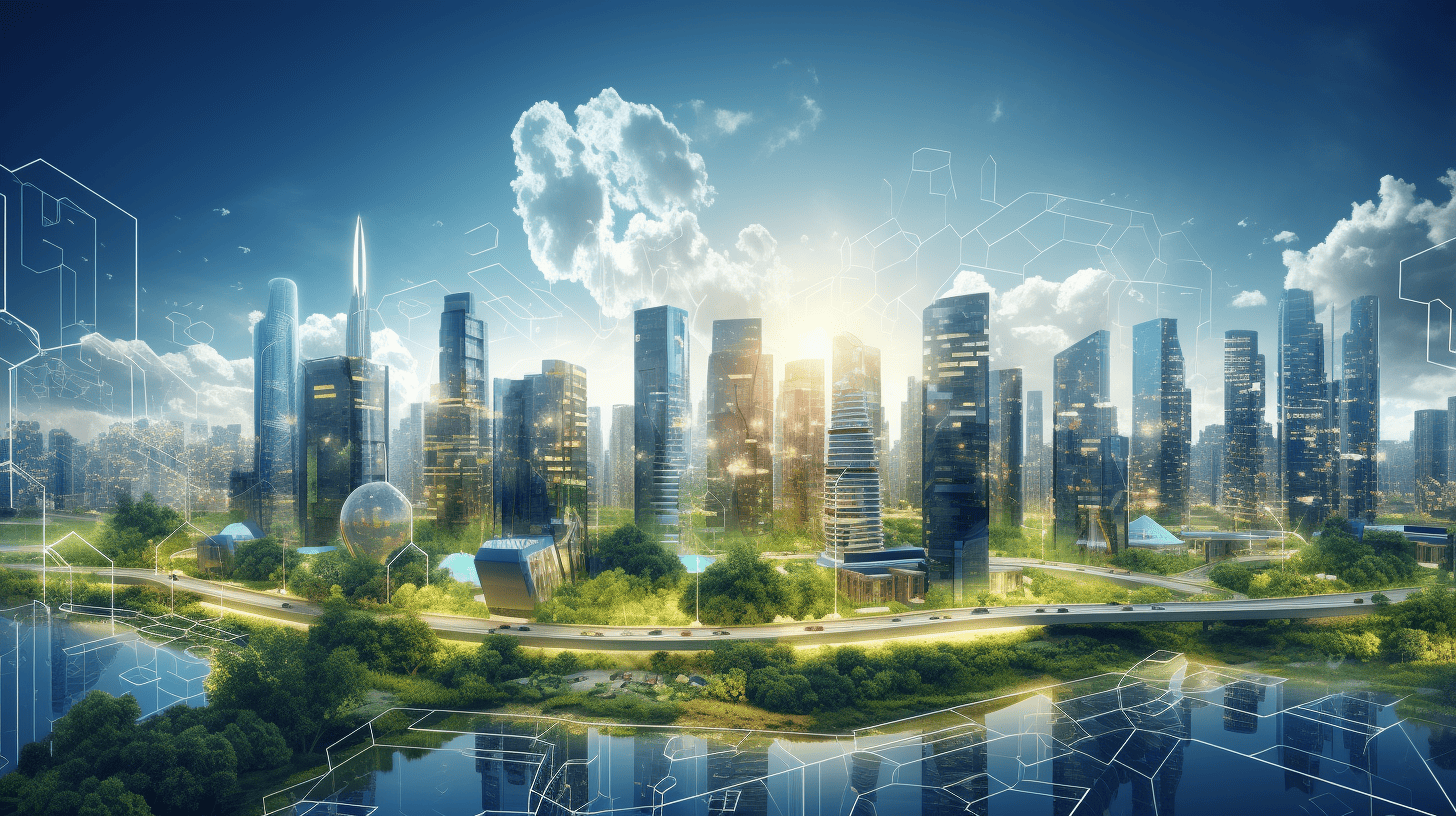
Augmented Reality (AR) and Virtual Reality (VR) are also a part of digitization in the built environment. Rizal Sebastian, professor in Future Urban Systems at The Hague University of Applied Sciences and co-organizer of the research day, talks about a project in which AR is used to make the campus of which the university is part climate neutral. This technology can come in handy, for example, in the maintenance of the dwellings and also in education about climate-neutral buildings.
Digitalization is indispensable to solving construction problems. Agugiaro: “New models and technologies such as digital twins and AI are improving rapidly, but we are far from there. We need to keep improving. For example, it is important that we further push standardization of data, and continue to encourage a culture of data openness (wherever possible) and data reuse. Only then can we apply new technology on a large scale. There are still many steps we can take in the coming years.”




